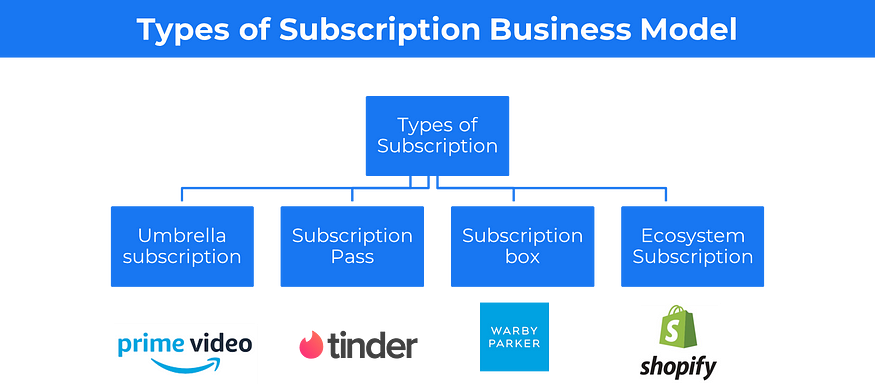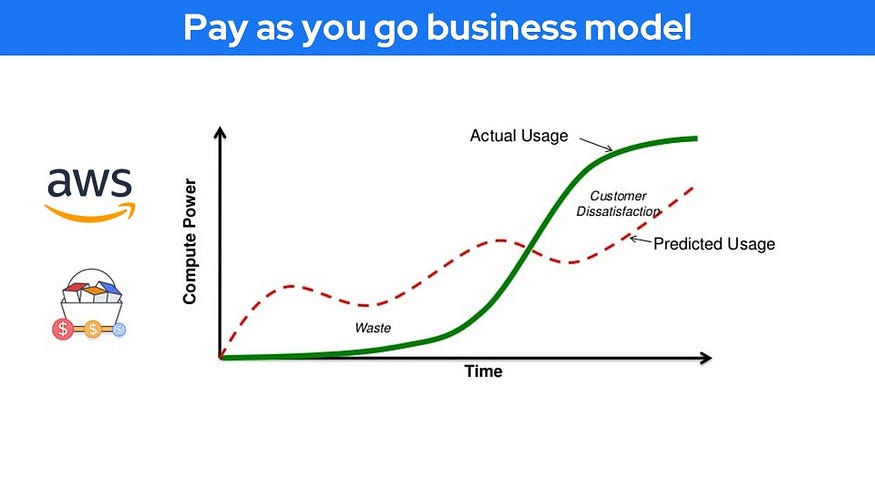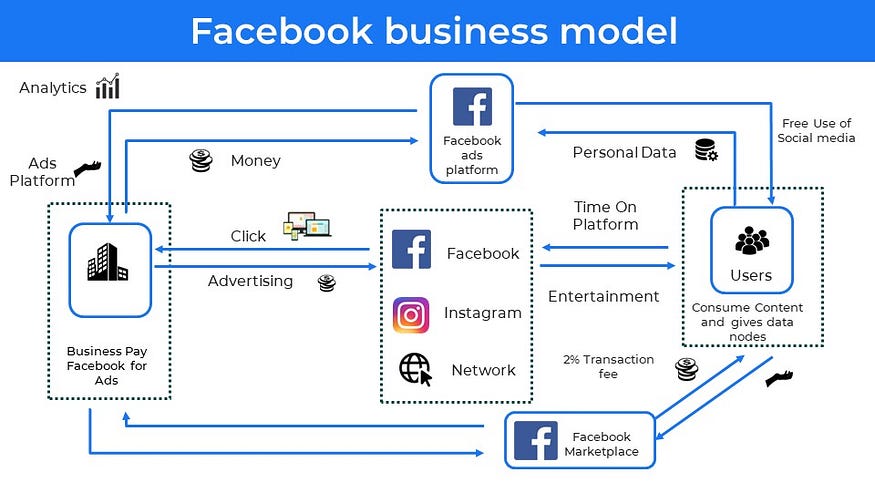If you wanted to startup than I am sure your startup will have one out of these 10 business models.
So let’s dive in.
- Freemium business model —
Here you allow users to utilize basic features of a software, game or service for “free”, and then charge for “upgrades” to the basic package.
Examples: Google Drive, iCloud and Slack.

Freemium is very common in web-based services (SaaS) and digital apps. Here the Free version of the product is a growth driver while the premium brings revenue in the long run.

2. Subscription business model —
It is based on the idea of selling a product or service to receive monthly or yearly recurring subscription revenue.
Examples: Amazon Prime, Netflix and Slack.

There are different types of Subscription business models like
- Amazon Umbrella subscription
- Subscription Pass
- Subscription box
- Ecosystem Subscription

This is considered as the next step to the Freemium business model if the customer is interested in paying monthly for a premium feature in the product.
3. Pay-as-you-go business model —
This is a pricing strategy where users pay based on how much they consume.

It is used by cloud computing companies like Google Cloud, AWS etc. In short, the more you use the more you pay.
4. Marketplace business model —
A marketplace is a type of e-commerce site where product or service information is provided by third-party sellers and the company take a cut from the transaction(15%-25%).
Examples — Amazon, Fiverr, Urban Company

There are different types of Marketplaces like
- Light Marketplaces — Craigslist
- Managed Marketplaces — Airbnb
- Heavily Managed Marketplaces — Amazon

5. Fee-for-service (FFS) business model
FFS’s business model is based on charging customers a fixed and variable fee for every successful payment.

It is used by companies like Stripe and Razor pay where they deduct 1%-2% as the collection fees on the transaction amount.
Example: Stripe charges 2.9% + 30¢ per successfully executed payment transaction.
6. Transactional business model
The revenue is generated by directly selling an item or a service to a customer.
Widely used by e-commerce sites or any other product you purchase online. Ex Boat, Mama earth
7. Ad-based business model
Used by social media and search engine giants which use your search engine and interest data to show ads.
Example: Google and Meta

It keeps users out of the equation so they don’t pay for the service or product offered, e.g. Google users don’t pay for searches.
8. Hidden revenue business model
Job portals can make money by charging an upgrade both from the candidate and recruiter who is on the website.
9. Franchisee business model
Here the franchisee(local owner) is using the trademark, branding, and business model of a franchisor(company).
Examples are Dominos, KFC etc.

10. Razor blade business model
In this type of business model, one item is sold at a low price in order to increase sales of a complementary good, such as consumable supplies.
Examples: Gillet razor & blades, CCD Coffee machine & coffee beans and HP Printer & Cartage etc.

Benefits of the Razor-Razorblade Approach
- Recurring profit for the brand.
- Higher margins refills
- Good upselling and cross-selling opportunities
- Stable earnings model
